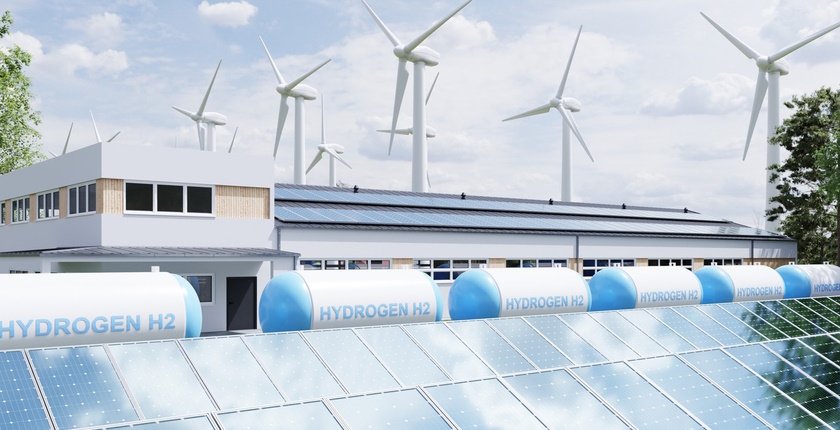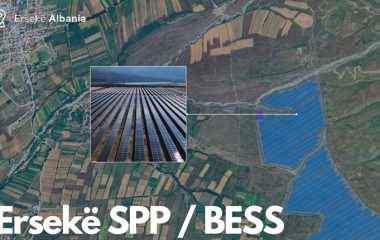
Photo: iStock
IRENA’s World Energy Transitions Outlook calls for annual renewable power additions of almost 1 TW on average by 2030 to keep the climate target within reach. Electrification and efficiency are the key transition drivers, it said, enabled by renewable energy, clean hydrogen and sustainable biomass.
The energy transition is off track and the stakes could not be higher – every fraction of a degree in the rise in global temperatures can trigger significant and far-reaching consequences for natural systems, human societies and economies, International Renewable Energy Agency (IRENA) warned. The gap between what has been achieved and what is required continues to grow, according to the authors of the first volume of the World Energy Transitions Outlook (WETO) 2023.
The gap between what has been achieved and what is required continues to grow, according to WETO 2023
The document identifies the way forward to immediately course correct on the path to hold global warming at 1.5 degrees Celsius, in line with the Paris Agreement. The organization called for raised global ambition in renewables deployment, enabled by physical infrastructure, policy and regulations, and underlining institutional and workforce capabilities.
All hands on deck in runup to COP28
The new edition does acknowledge “some progress,” mainly in the power sector with record additions in global renewable capacity of 300 GW in 2022. It points to electrification and efficiency as the key transition drivers, leaning on renewable energy, clean hydrogen and sustainable biomass.
The world must add an average of at least 975 GW of renewable power capacity annually by 2030, as well as significantly increase the direct use of renewables in end-use sectors, IRENA said. It also highlighted the role of the first Global Stocktake, concluding at the 2023 United Nations Climate Change Conference COP28, which is scheduled to be held in December.
Our only option
“Our only option is to follow the most promising, science-based pathway one that puts renewable energy at the centre of the solution, while leading countries to energy security, reduced energy costs, and forward-looking industrial development. The energy transition must become a strategic tool to foster a more equitable and inclusive world. COP28 and the Global Stocktake must not only confirm our deviation from a 1.5°C pathway, but also provide a strategic blueprint to steer us back on track,” IRENA’s Director-General Francesco La Camera said.
La Camera: Renewable energy enables energy security, lowers costs and benefits industrial development
Additionally, the organization reiterated that most climate pledges of individual countries are yet to be translated into detailed strategies and plans with sufficient funding. The energy sector has a crucial role: the outlook supported the idea that electricity generation capacity is required to triple by the end of the decade.
Last year also saw the highest levels of fossil fuel subsidies ever, the authors noted, saying many governments sought to cushion the blow of high energy prices for consumers and businesses. Global investments across all energy transition technologies reached a record high of USD 1.3 trillion in 2022, yet fossil fuel capital investments were almost twice those of renewable energy investments, the data showed.
Parabolic rise required for EVs, clean hydrogen, heat pumps
Among other recommendations, IRENA said the average annual needs for charging infrastructure for electric vehicles and public support for the sector amount to USD 137 billion in the period through 2030 and USD 364 billion by mid-century, compared to USD 30 billion from last year. Similarly, investments in heat pumps need to almost quadruple to USD 237 billion per year by the end of the decade.

The world’s economy requires an average of 125 megatons of clean hydrogen per year by 2030, the outlook reads. In the transition, the amount includes blue hydrogen – produced from fossil fuels but with their emissions captured. The share of green hydrogen, made in electrolyzers using renewable energy, is projected at 40% in 2030 in the scenario. Clean hydrogen output was only 700,000 tons in 2021.

















Be the first one to comment on this article.